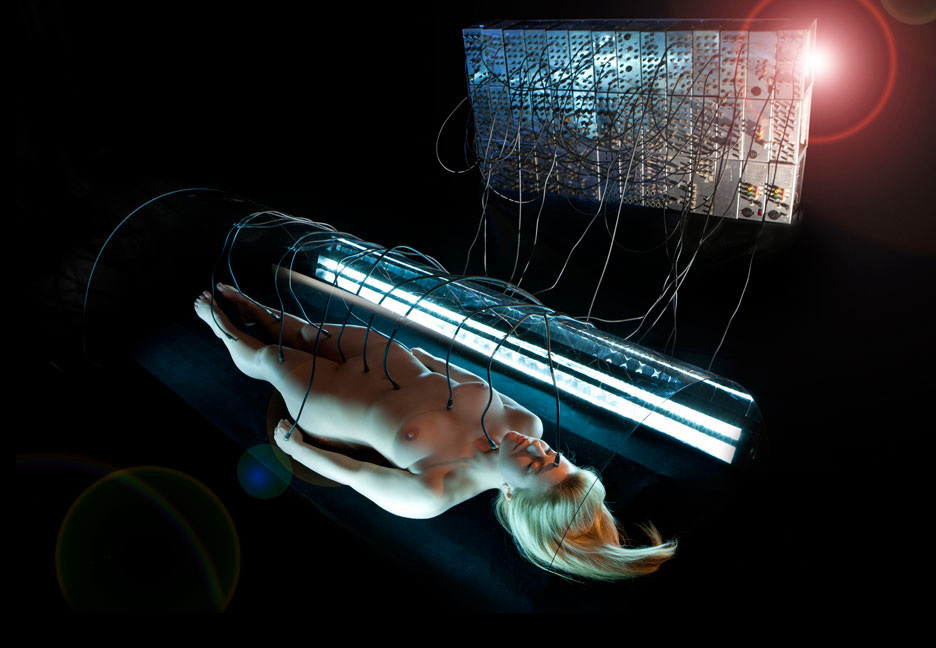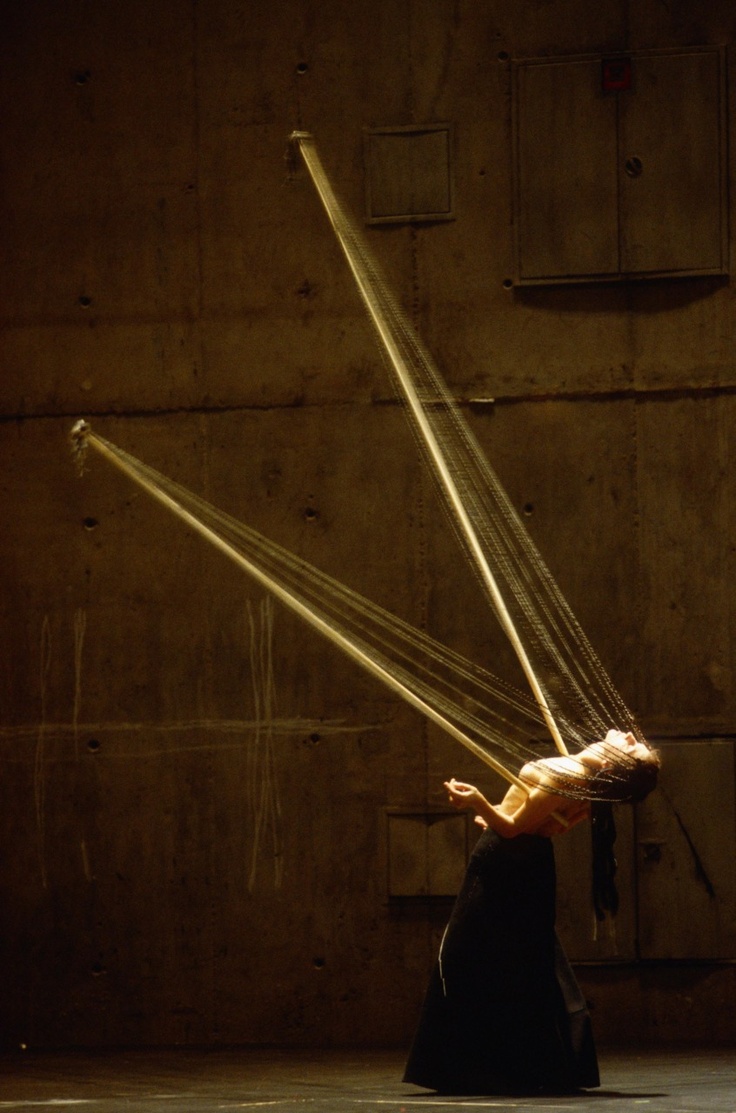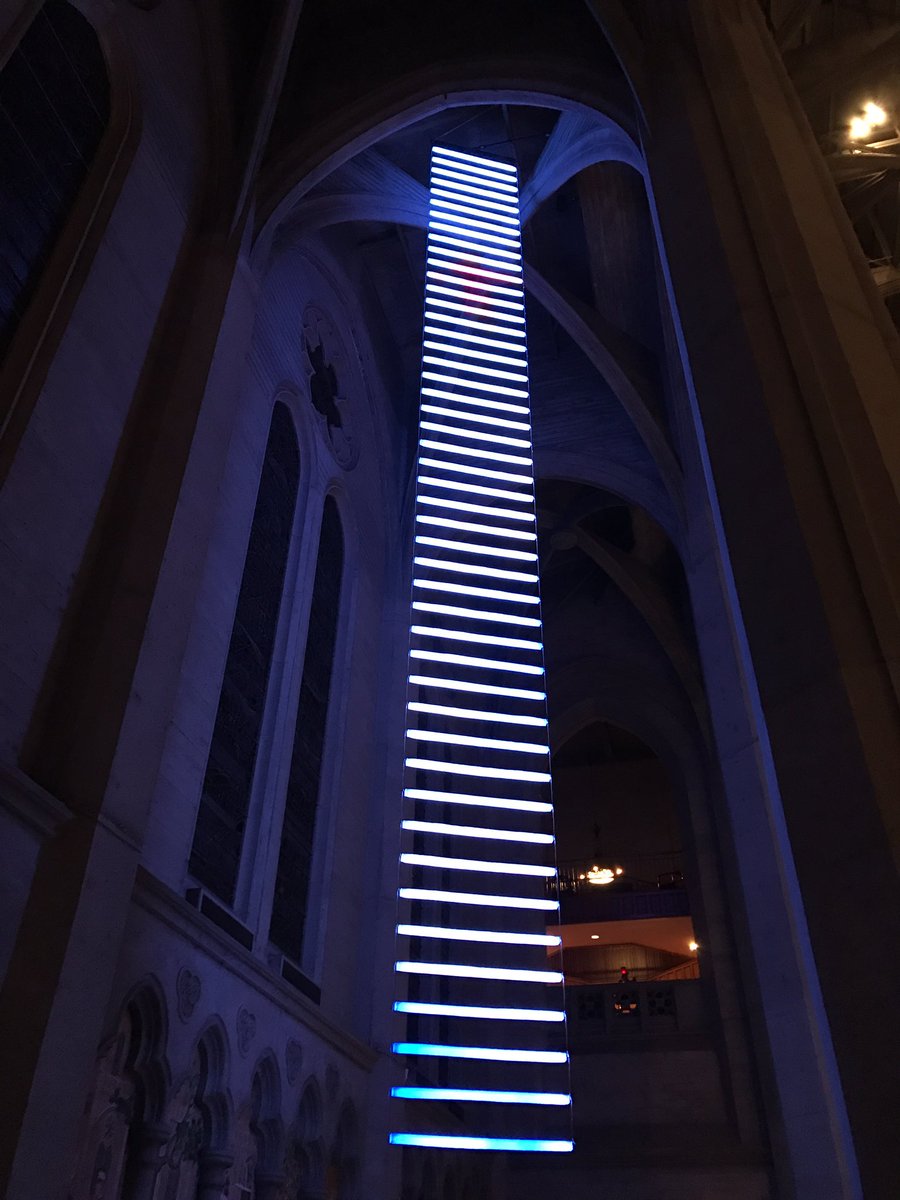
ALWIN NIKOLAIS
Noumenon
A truly universal artist, the American Alwin Nikolais (1910-1993) devoted his life to a radical form of staged art he called “dance theater.” Inspired (perhaps unconsciously) by the experiments of Bauhaus members such as Oskar Schlemmer and László Moholy-Nagy in the 1920s, Nikolais devised a style of abstract dance that encompassed costumes, stage sets, choreography, lighting, and music, all under his control. Also in 1963, Nikolais met analog synthesizer pioneer Robert Moog, who was at the time just starting his business in New York. He was fascinated by the sounds of Moog’s machines, and with the money provided by a a Guggenheim Fellowship, Nikolais bought the first ever commercially produced Moog synthesizer. It was the primary sound-source for all of Nikolais’ scores from 1963 to 1975. The instrument is now housed at the Stearns Collection of Musical Instruments at the University of Michigan in Ann Arbor.








